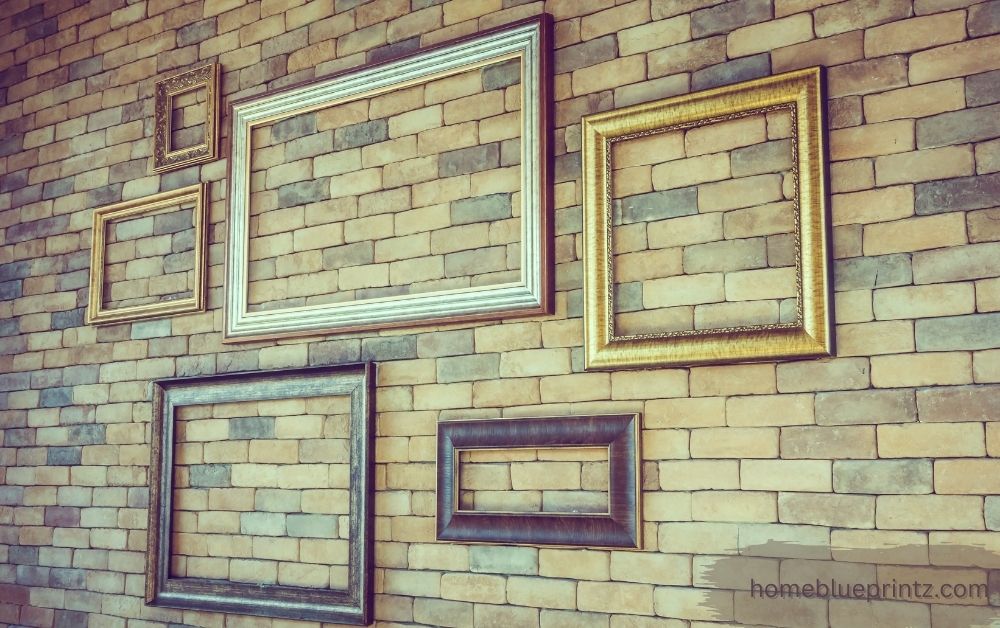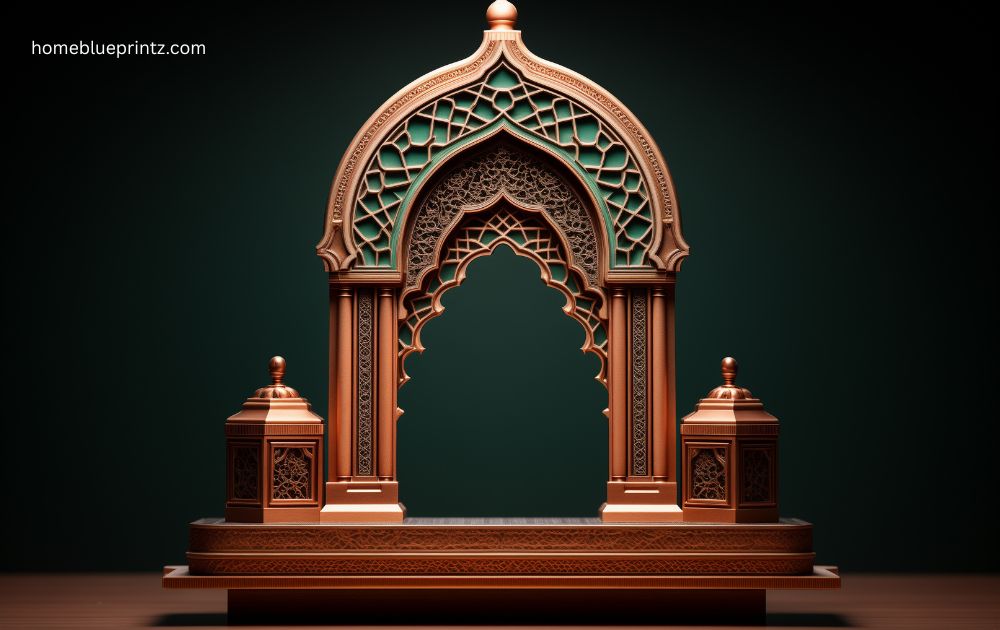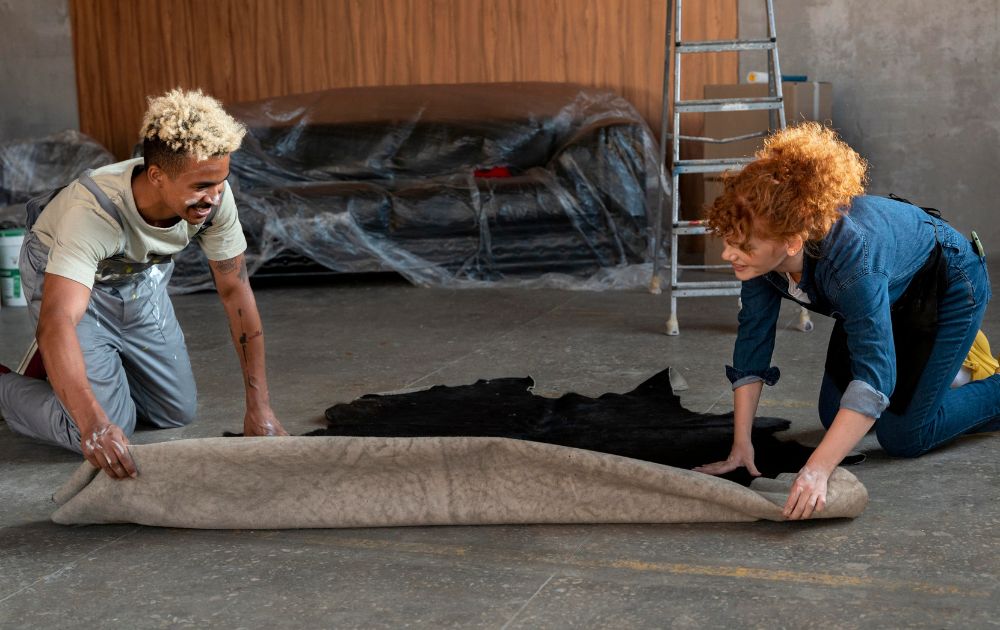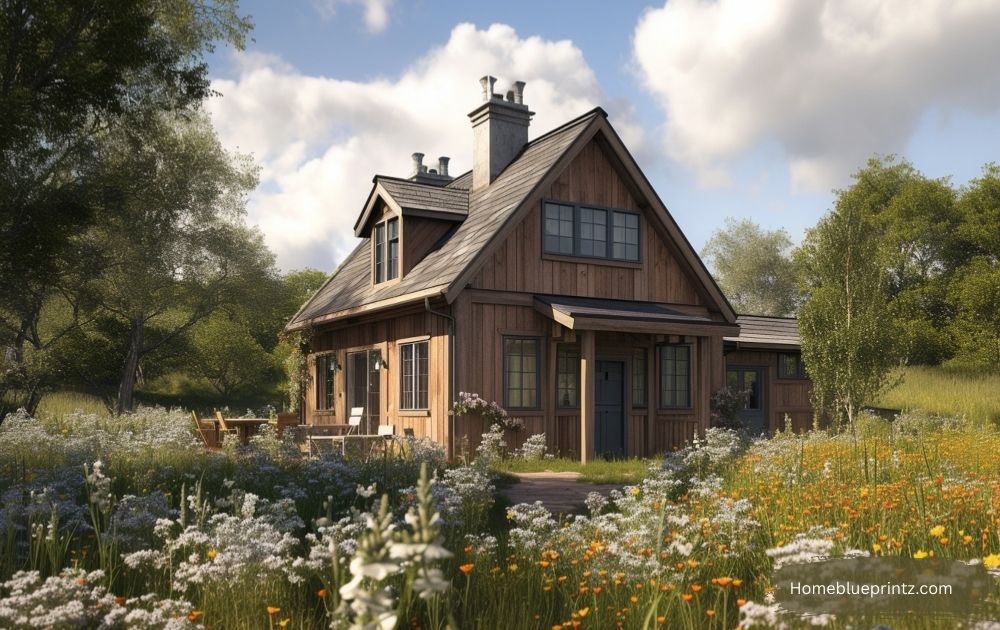A picture rail is a slim strip of moulding usually fixed horizontally along the upper walls of a room. Traditionally, it was designed to hang pictures without hammering nails directly into plaster walls. Today, picture rails are making a comeback as homeowners rediscover their practicality and charm. They’re not just functional but also add a subtle decorative element that enhances the overall look of a space.
The History of Picture Rails
Picture rails became popular in Victorian and Edwardian homes when ornate mouldings were fashionable. In an age when plaster walls were delicate and expensive to repair, these rails provided a safe way to display art and mirrors. As interior design shifted toward minimalism in the mid-20th century, picture rails faded from popularity. However, with today’s mix of vintage and modern influences, pictures on picture rail are once again being embraced as both practical and stylish.
Why Use a Picture Rail?
One of the biggest reasons people love picture rails is the freedom they offer. You can move your artwork around without leaving ugly holes behind. Imagine changing your wall décor with the seasons or just whenever the mood strikes—picture rails make that possible. They also preserve your walls, saving you from endless patching and repainting. On top of that, they add visual depth, framing the upper part of your wall in an elegant way.
Different Styles of Picture Rails
Not all picture rails are created equal. Traditional homes often feature wooden rails with carved detailing, blending seamlessly into crown moulding. More decorative mouldings can create a bold statement, while sleek metal rails suit modern minimalist interiors. The choice of style can help you tie your wall décor into the broader theme of your room.
Materials Used in Picture Rails
Most picture rails are crafted from wood, lending a warm, natural feel. Hardwood options tend to be durable and timeless. Metal rails, on the other hand, are strong and can carry heavier loads, making them a good choice for large artworks. Plastic alternatives are lightweight and affordable, though less durable. Picking the right material often depends on your budget, style, and how much weight you want to hang.
Installing a Picture Rail
Installing a picture rail may sound intimidating, but it’s surprisingly simple with the right tools. Typically, rails are fixed about 12–20 inches below the ceiling, creating a balanced proportion on the wall. All you need is a spirit level, nails or screws, and some patience. Once installed, you’ll use hooks and cords designed to fit the rail, making it easy to hang and adjust frames without further drilling.
Creative Ways to Use Picture Rails
Picture rails aren’t just for paintings. You can use them to display framed family photos, string up seasonal garlands, or even hang small potted plants for a fresh look. Some people get creative by using rails to hang lightweight shelves or decorative picture rail hanging system, turning their walls into versatile displays that evolve with their lifestyle.
Picture Rails in Different Rooms
-
Living Room: Perfect for creating a gallery wall that can change over time.
-
Bedroom: Add charm above the headboard with layered frames.
-
Kitchen: Display recipe cards, herbs, or quirky art prints.
-
Office/Study: Keep motivational prints or calendars at eye level without damaging walls.
Matching Picture Rails with Interior Styles
Picture rails blend beautifully with a variety of design styles. In vintage-inspired rooms, ornate wooden rails can highlight traditional décor. For modern homes, sleek rails complement minimalist layouts while keeping walls clean. Boho-style spaces, with their mix of textures and patterns, benefit from the flexibility of rails that allow easy rearrangement of art and accessories.
Benefits of Using Picture Rails
The biggest perk is flexibility—you can refresh your walls as often as you like without hassle. They also eliminate the need for multiple nail holes, protecting your plaster or paint. Finally, picture rails add subtle character, making your interiors look more polished and thoughtfully designed.
Comparing Picture Rails with Alternatives
Sure, command picture rail hooks and sticky strips are options, but they often lose grip over time. Gallery walls look great but require lots of holes and measuring. Picture rails give you the best of both worlds: flexibility, strength, and a timeless look.
Decorating Tips with Picture Rails
The key to making a picture rail look stylish is choosing the right height. Too low, and it feels awkward; too high, and your art looks disconnected. A good rule is to place artwork at eye level once hung. Mixing different frame styles and layering smaller pieces in front of larger ones can also add depth and character.
Maintaining Picture Rails
Cleaning is simple—just dust them regularly. Wooden rails can be polished occasionally, while metal ones may need a quick wipe. If paint chips or scratches appear, a touch-up restores their charm. With proper care, a picture rail can last for decades.
Popular Trends with Picture Rails
Today, many homeowners use picture rails to create rotating gallery walls, swapping out art to match the season or mood. Minimalist homes lean toward thin metal rails, while eclectic spaces embrace bold displays with layered frames and mixed media. Some even use rails as multifunctional systems, combining art with shelves, plants, or picture rail hanging system lights.
Conclusion
Picture rails may have started as a practical solution in historic homes, but they’ve stood the test of time. Whether you want flexibility, wall protection, or simply a stylish way to showcase your favorite art, a picture rail offers it all. It’s a small addition that makes a big impact—bringing together history, function, and design in one simple feature.
FAQs
1. How high should a picture rail be placed?
Traditionally, picture rails are installed about 12–20 inches below the ceiling, but placement can vary based on room size and style.
2. Can picture rails hold heavy frames?
Yes, especially if made of sturdy wood or metal. Just be sure to use proper picture rail hooks and cords.
3. Are they suitable for modern homes?
Absolutely! Sleek, minimalist designs make them perfect for contemporary interiors.
4. Do picture rails damage walls?
No, in fact, they prevent wall damage by allowing art to be hung without nails or screws directly in the plaster.
5. What’s the difference between a dado rail and a picture rail?
A dado rail sits lower on the wall to protect it from furniture, while a picture rail is placed higher for picture rail hanging system.










